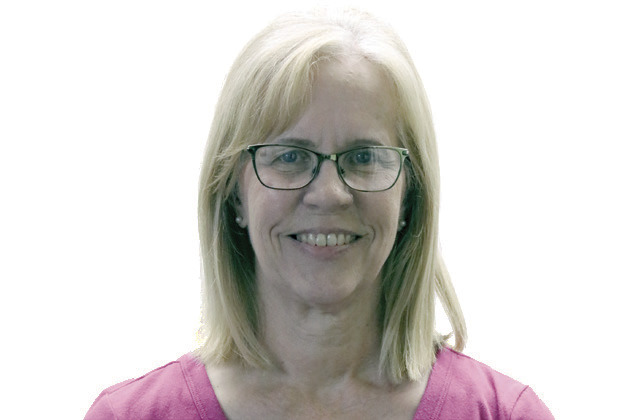Federal policies have allowed for affirmative action programs in higher education since a Supreme Court ruling in 1978.
The Court established guidelines that allow for race to be considered as a part of a holistic applicant review but cannot be the determining factor. These programs aim to increase the diversification of student bodies with persons of color and have been successful for numerous selective colleges and universities.

Over the years, the Supreme Court has seen several cases challenging the legality of affirmative action in admissions, leading to seven separate rulings on the issue. The majority of these rulings have upheld the original decision, but that could all change this year as two more cases have hit the docket after entering the lower courts in 2014.
Harvard and UNCChapel Hill have been accused of discrimination by the nonprofit group Students for Fair Admissions, and experts anticipate the conservative Court to provide rulings that effectively end affirmative action in college admission.
What does this mean for higher education?
We need only look at the states that have previously passed laws that prevent public institutions from using affirmative action. Currently, nine states have such legislation: Arizona, California, Florida, Idaho, Michigan, Nebraska, New Hampshire, Oklahoma, and Washington. California was the first state to ban race-based admission in 1996, and Idaho is the most recent member, joining in 2020.
Two large and well-known institutions, the University of California and the University of Michigan, have reported their experiences post-ban. In the two years following California’s restriction, UCLA found their diversity decreased to 3.93% of the student population. By 2006, only 1.92% of their entering freshman class was comprised of Black individuals. Not in contrast, the University of Michigan saw its Black undergraduate enrollment fall from 7% in 2006 to 4% in 2021.
On the subject, Justin Driver of Yale Law comments that “despite incredibly valiant, sustained efforts to navigate the realities of a post-affirmative action world, the flagship campuses in California and Michigan have been unsuccessful in enrolling members of marginalized racial groups.”
If affirmative action in college admission is overturned, the fallout felt by these two flagship institutions may become commonplace in higher education.
The Supreme Court began hearing the two cases brought by Students for Fair Admissions on Oct. 31, 2022, but no verdict has been reached as of yet.
Colleges and Universities across the U.S. eagerly await a decision.
Sarah Smith is the director of Cassville Crowder campus. She may be reached at SarahSmith@crowder.edu.






